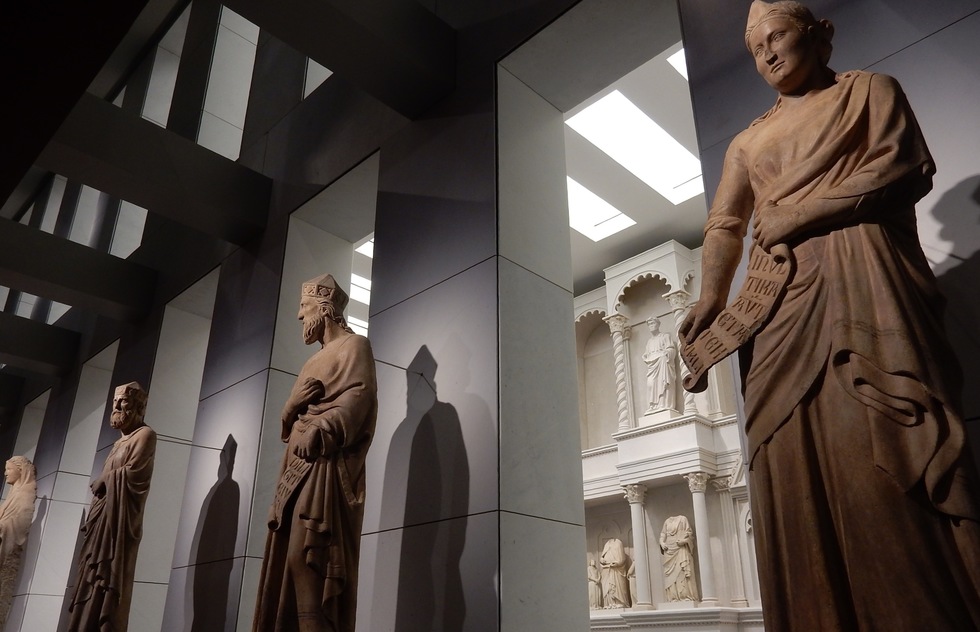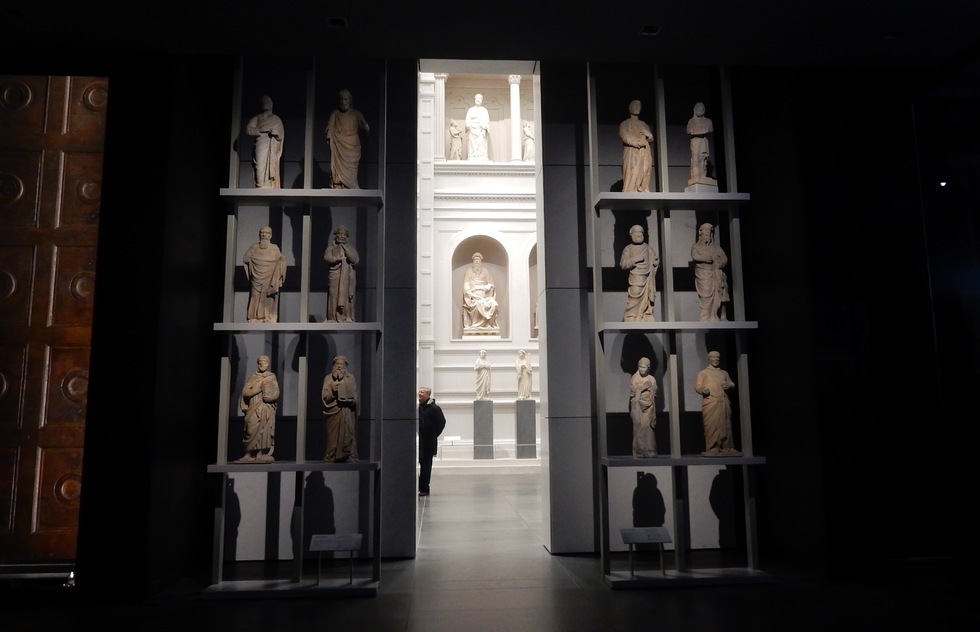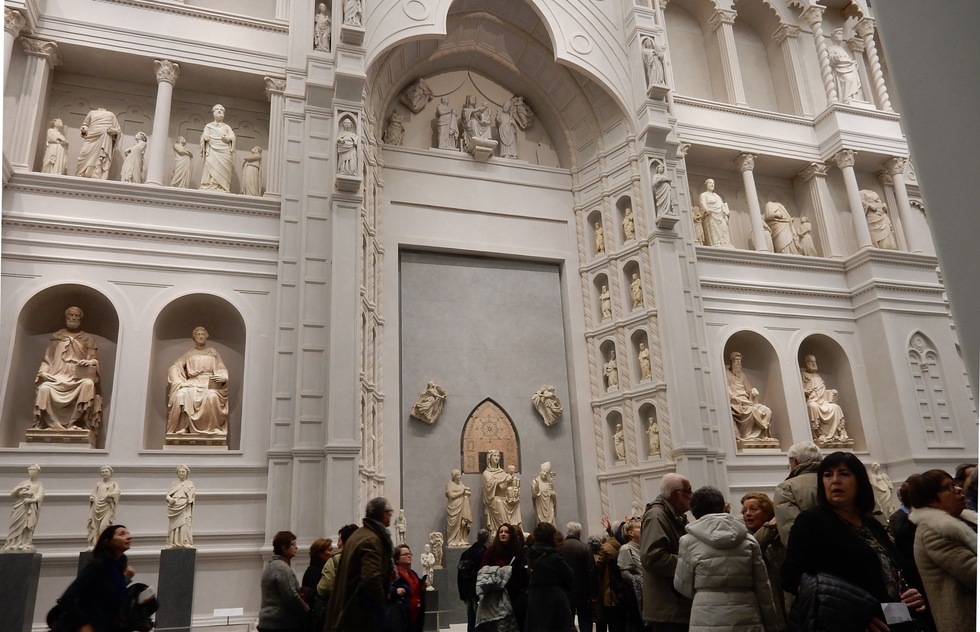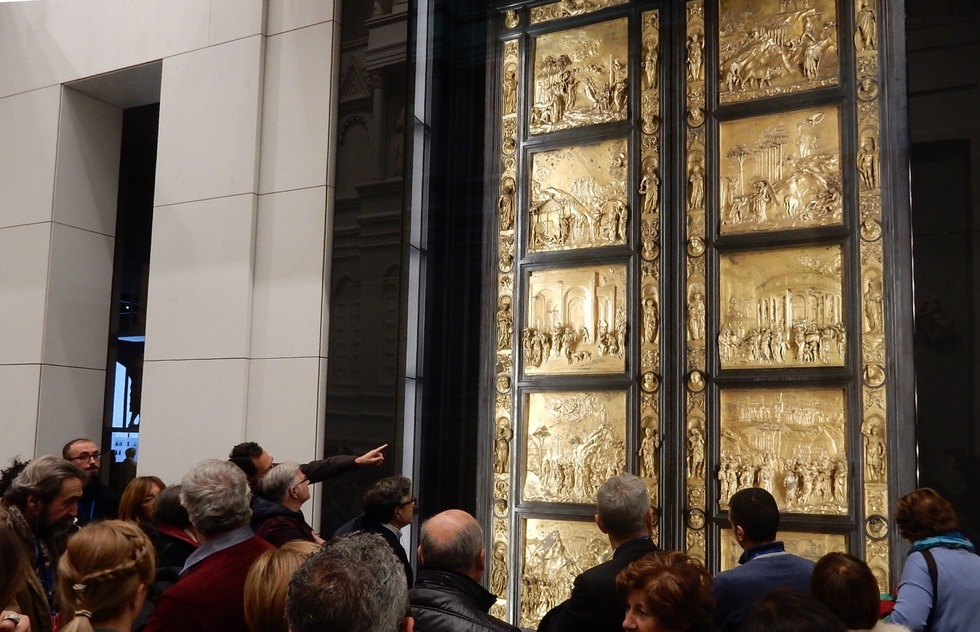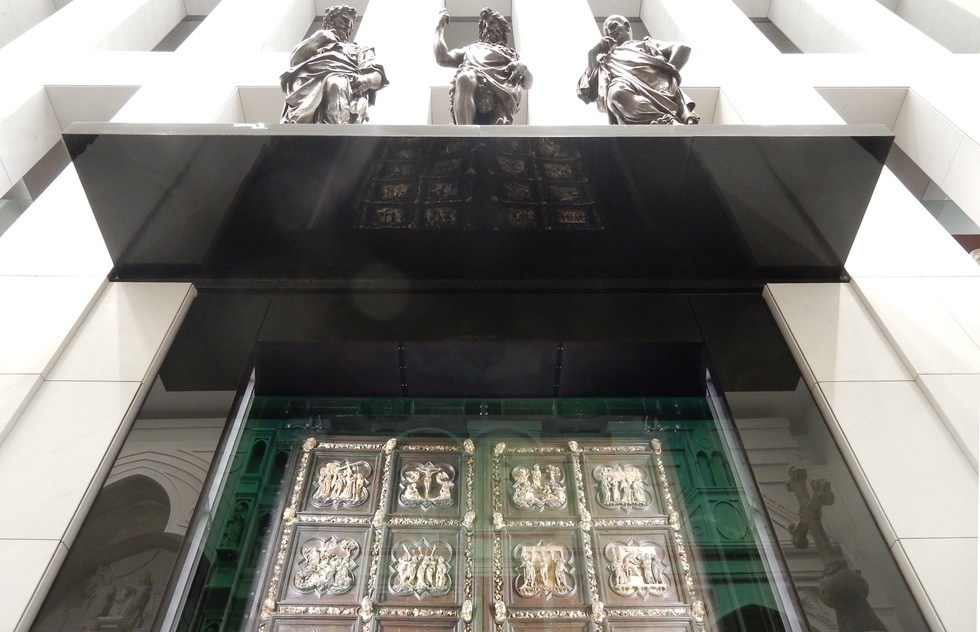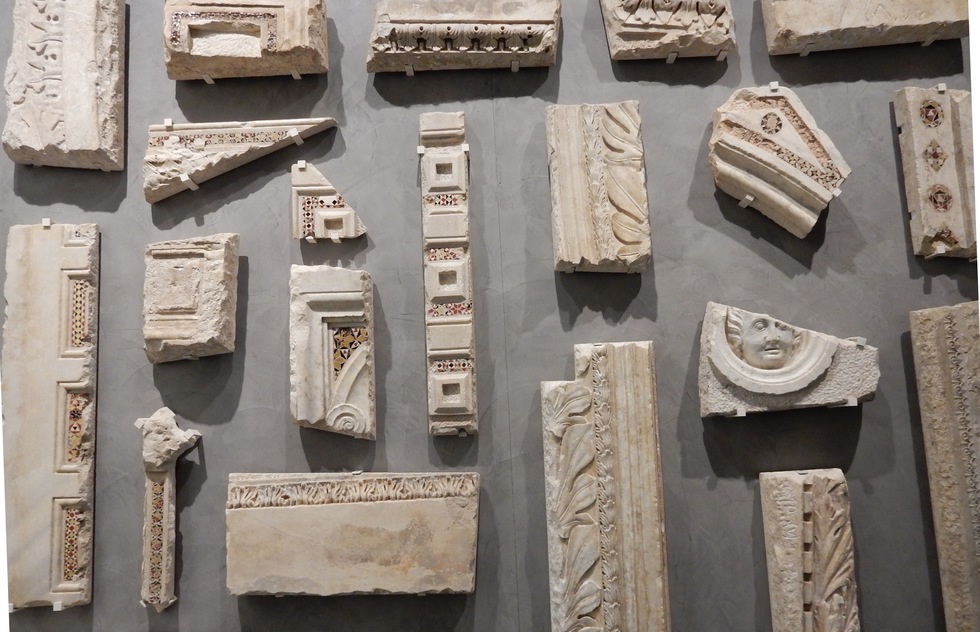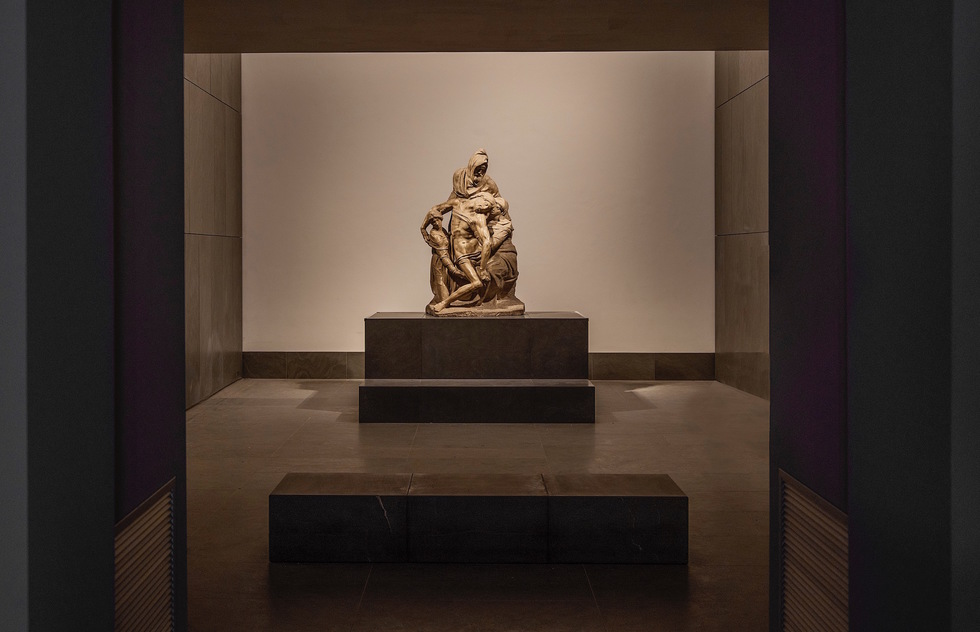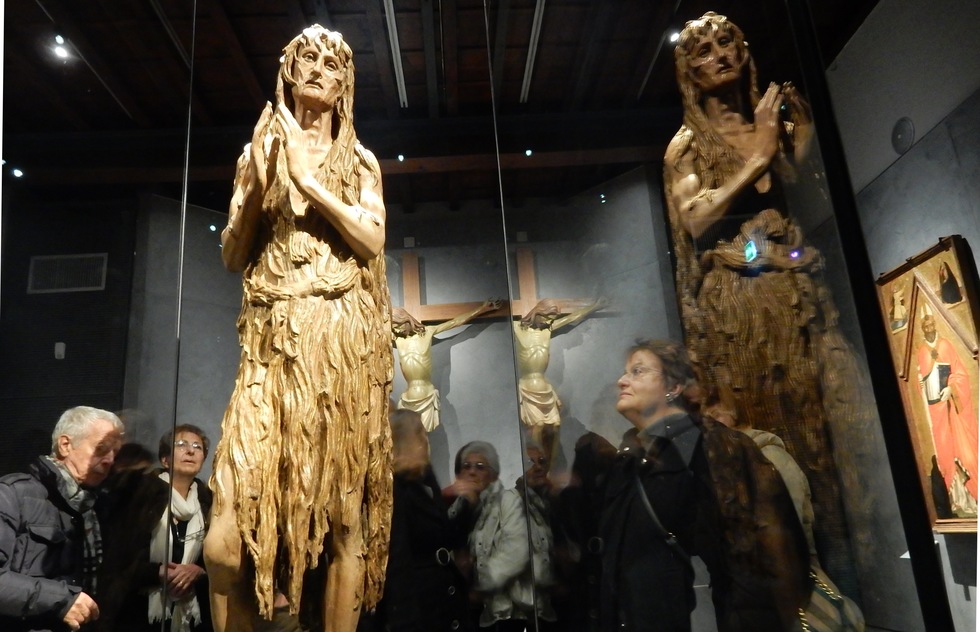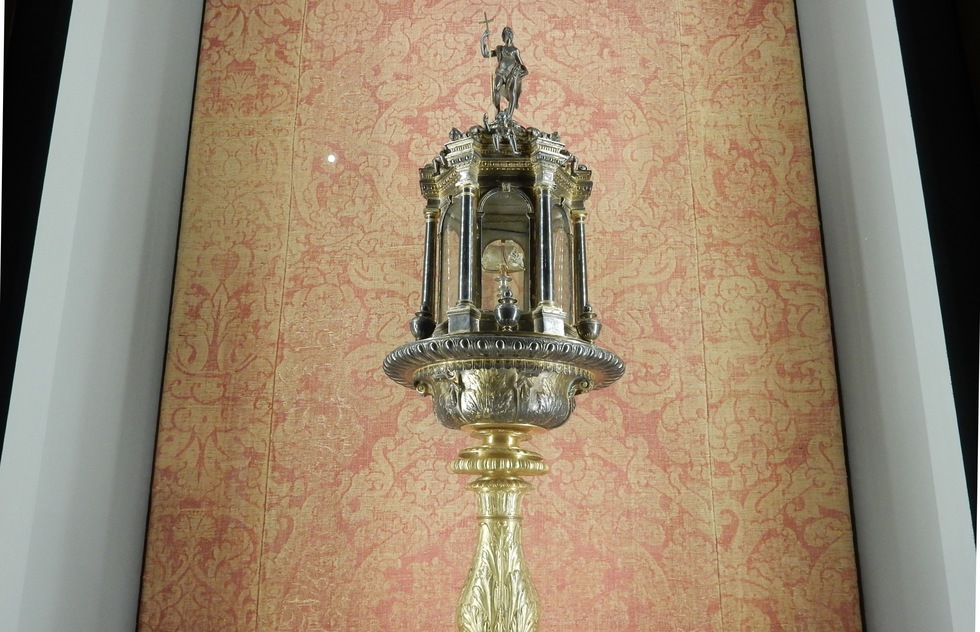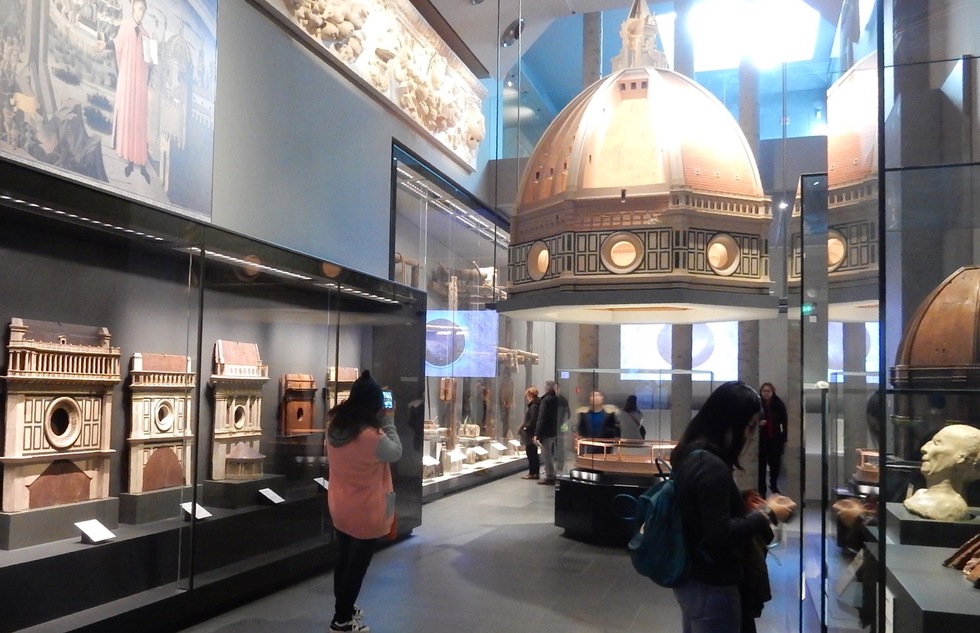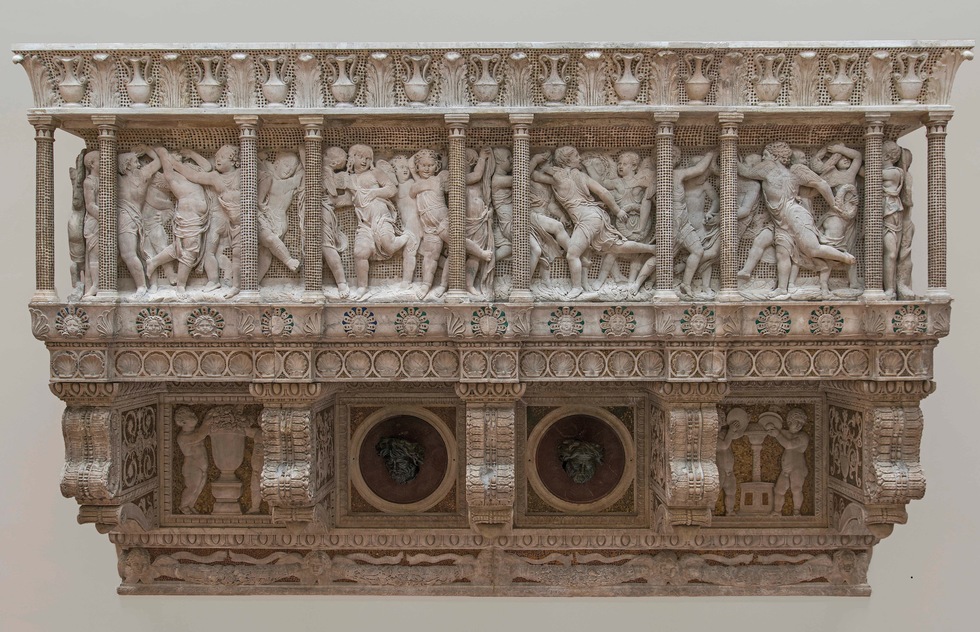The Museo dell'Opera is One of Florence's Best Museums
By Jason Cochran
Anyone who has been to Florence knows about its spectacular Duomo complex. The Cattedrale di Santa Maria del Fiore, as it is officially called, dominates the city skyline with a magnificent dome, one of Earth's earliest skyscrapers that dates to 1436. But most of its treasures—sculpture by Michelangelo and Donatello, relics purported to be of Biblical luminaries including John the Baptist—were long ago removed from the building, where pollution and vandalism threatened them.
Instead, since 1891 that bounty, which includes some of the greatest surviving Renaissance works in the world, has resided on the east end of the Piazza Duomo inside the Museo dell'Opera del Duomo. For more than a century, it was a clinical storehouse that many tourists skipped. But in October 2015, the Museo, under the guidance of an American-born curator, emerged from a massive renovation to become a deeply thoughtful, high-style museum that is now one of the city's must-sees. Here's what the Museo is like now.
Instead, since 1891 that bounty, which includes some of the greatest surviving Renaissance works in the world, has resided on the east end of the Piazza Duomo inside the Museo dell'Opera del Duomo. For more than a century, it was a clinical storehouse that many tourists skipped. But in October 2015, the Museo, under the guidance of an American-born curator, emerged from a massive renovation to become a deeply thoughtful, high-style museum that is now one of the city's must-sees. Here's what the Museo is like now.
Lobby
In 1891, when it first opened, the museum was only two rooms, and even a few years ago, it was shrugged off by most visitors as uninteresting. But things changed. The city took over an adjoining building to expand it, so the facility now takes up more than 25 rooms over three floors, and some 750 pieces are on display. Now that there's enough space (some 65,000 square feet), recent visitors stop by expecting a quick visit but wind up spending 90 to 120 minutes exploring the masterpieces.
Foyer
When you first enter the museum, you're actually passing into the structure of a long-since-gutted 18th-century theatre that has enough space to show off the museum's tallest displays. As you go, you get a tantalizing glimse of the fireworks show that awaits you ahead.
The Room of Paradise (The Room of the First Façade)
You emerge into a huge room containing the façade of a cathedral. This is the first façade of the Santa Maria del Fiore (Duomo) by Arnolfo di Cambio, which was attached to the cathedral from 1420 to 1587 and which was re-created using a drawing by Poccetti. Many of the statues and figures in this museum are masterpieces that have been stored for centuries in warehouses, back rooms, offices, or cramped and darkened storerooms, but now they're displayed the in context in which they were intended to be. Natural light floods the works from skylights.
Madonna of the Glass Eyes (Madonna dagli occhi di vetro)
The centerpiece of the facade reconstruction is this work by di Cambio dated around 1300—but the dozens of other statues, all of which are also from the Middle Ages, are often just as spectacular.
Gates of Paradise
Turn your back to the facade and you're now facing the doors from the Baptistery, just as you would be outside on the Piazza. The doors in the square are replicas, but these are the actual Gates of Paradise by Ghiberti, completed in 1452 and considered some of the finest bronze sculpture ever made. On either side are the doors from the south and north by Ghiberti and Pisano, but the center is reserved for Ghiberti's east-entrance doors, now known as the Gates of Paradise.
These were out on the street—vulnerable to vandalism, car exhaust, and the bubblegum of passersby—until the mid-1980s, when they were wisely taken off display for conservation, which took 27 years. They re-emerged in 2012, just in time for their proper display in the Museo.
It's a theme that you'll hear a lot in this museum: Florence took alarmingly poor care of these priceless items until very recently, so having this state-of-the-art museum with assidulous protective measures, thoughtful lighting, and meaningful architecture is a real advance.
These were out on the street—vulnerable to vandalism, car exhaust, and the bubblegum of passersby—until the mid-1980s, when they were wisely taken off display for conservation, which took 27 years. They re-emerged in 2012, just in time for their proper display in the Museo.
It's a theme that you'll hear a lot in this museum: Florence took alarmingly poor care of these priceless items until very recently, so having this state-of-the-art museum with assidulous protective measures, thoughtful lighting, and meaningful architecture is a real advance.
Sculpture seen from proper perspective
Far too many Mediterranean museums simply plop statues onto pedestals in blank, dusty rooms and sell tickets to see them. But at this museum, every effort has been made to display sculpture at the angles the artists intended them to be seen—yet close enough for you to appreciate the detail. That includes positions over the original Baptistery doors.
Fragments
Although we wouldn't dare change the Duomo today, it has been renovated over time, and chunks of its former cladding, dating to before the sixteenth century, are also on display as a priceless form of wallpaper.
Pietà, Michelangelo
One of the highlights of the museum (you'll never see the room this empty again) is Michelangelo's Pietà, which the sculptor attacked with a hammer in a fit of rage (breaking Christ's left leg) and never completed. At least that's what they say; maybe he didn't, and maybe the workshop made it instead. Nonetheless, this beautiful piece was in the Cathedral from the early 1700s to 1981. The figure lowering Christ's body is Nicodemus, but Michelangelo is said to have rendered him as a self-portrait.
Donatello's Maddalena
One of the most miraculous survivors in the museum is this sculpture, made from white poplar wood, of Mary Magdalene after her years of penitence and fasting. It was completed by Donatello around 1455, and even when it was new, it was so admired that Charles VIII of France tried to buy it. Previously, it stood starkly in a harshly lit, clinical display room (just as The David is at the Galleria dell'Accademia, a few blocks north), but in its new dimly lit home, it's haunting.
The Jawbone of St. John the Baptist
In 1564, clerics believed this was a piece of St. John the Baptist's jawbone and made it into a reliquary for their sanctuary. It, and several other reliquary items such as indeterminate pieces of St. Jerome, are in a small chapel-like room off the one containing Mary Magdalene's brooding likeness.
Giotto's bell tower statues
On the next level, the reliefs and statues that once occupied niches in Giotto's bell tower are also given a respectful display that enables close appreciation that they never enjoyed in their original positions.
Duomo design gallery
The ingenious design of the Duomo dome (along with the death mask of its creator, Brunelleschi) is given its due. You'll also see large maquettes of facade segments that were submitted by artists who were vying to remodel the building in the 1500s—the Duomo's custodians keep everything—and unlike before the renovation, now they're safely behind glass. There are even 600-year-old pulleys.
Choir lofts
The choir lofts designed by Donatello and Luca Della Robbia (pictured) were removed in the 1600s after two and a half centuries of service, but the Opera dell Duomo (the organization that looks after the area) has preserved them ever since as centerpieces of its collection. Now they're displayed closer to the eye and bathed in much more light than they ever enjoyed inside the cavernous cathedral.
Donatello's choir loft (cantoria)
Here's the other choir loft—the one by Donatello.
Donatello's choir loft (cantoria)
...and here's a closer detail of that choir loft. As you can see, the holdings of this museum are truly spectacular, and now that they finally have a display that is worthy of them and enables close inspection, the Museo dell'Opera del Duomo has joined the list of Florence's most worthwhile museums.





